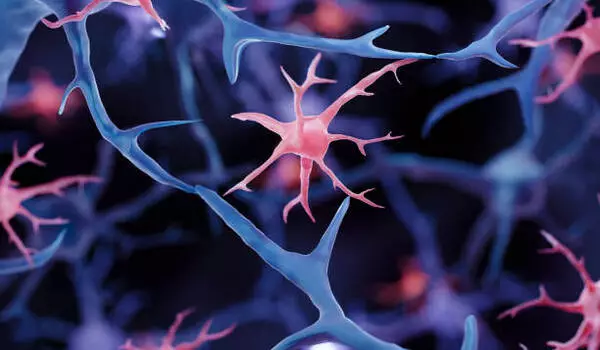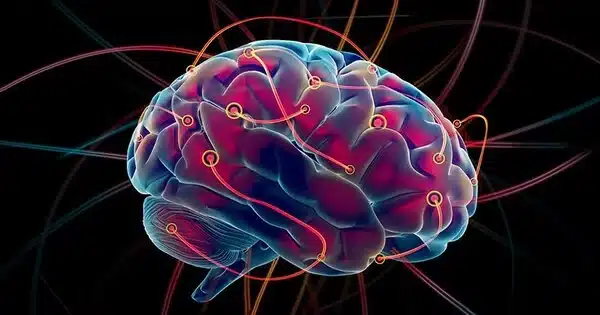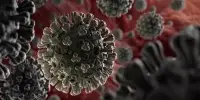Glial cells, particularly astrocytes, have traditionally been known for their supportive functions in the brain, such as nutrient delivery, blood-brain barrier maintenance, and extracellular ion concentration regulation. However, new research indicates that glial cells, such as astrocytes, play a more active role in neural processing and information storage, including memory.
Have you ever worked hard the night before a test, only to fail miserably the next day? Alternatively, you may have felt unprepared after studying the night before when, to your surprise, you recall the content effortlessly on test day. According to researchers, this disparity may be due to the separate and independent ways in which our brain processes short- and long-term memory.
Tohoku University researchers discovered that when a mouse performs a motor learning task, two parallel processes are involved in memory formation. One process occurs during training and is known as online learning, while the other occurs during rest and is known as offline learning. Online learning can be boosted or decreased by manipulating glial activity, but offline learning is unaffected. Understanding the cellular mechanisms underlying these independent parallel memory formation processes could lead to the development of effective stroke rehabilitation, dementia treatment, and the realization of extended intelligence.
The findings were detailed in the journal Glia.
Our data shows that short- and long-term memory formation is not a serial process, but rather it is a parallel and independent process. Agonizing over the performance gained during each training or study session is unnecessary, as long-lasting achievement depends on a totally separate process.
Professor Ko Matsui
We have long known that performance may not improve significantly during training but may improve the following day. Alternatively, success in training may not be carried over to the next day. The researchers demonstrated that online and offline learning are distinct parallel processes governed by different cellular mechanisms.
Glial cells in the brain take up nearly as much space as neurons, but they were previously thought to simply fill the gaps between neurons. Glial cells have recently been shown to be involved in information processing in the brain, albeit in a very different way than neurons. Glial cells can modulate the ease of memory formation by releasing gliotransmitters such as glutamate, a process known as meta-plasticity.
The horizontal optokinetic response paradigm was used by the researchers to better understand the role of glial cells in online and offline learning. When mice were shown a horizontally oscillating visual stimulus, their eyes followed the screen with less amplitude than the presented stimulus. The amplitude increased with repeated and prolonged presentation until their eyes could perfectly pursue the screen. The increase in performance during the 15-minute presentation was referred to as online learning, while the increase during the 1-hour rest period in the dark was referred to as offline learning.

To manually control glial activity, light-activated proteins such as channelrhodopsin-2 (ChR2) or archaerhodopsin (ArchT) were genetically expressed specifically in glial cells. When glial cells’ glutamate release was aided by photoactivating ChR2, online learning was enhanced. However, the benefit of glial modulation was transient, and eye movement performance quickly became indistinguishable from control. When ArchT inhibited glial activity, online learning was completely suppressed. Surprisingly, offline learning continued normally even in the absence of online learning.
“Our data shows that short- and long-term memory formation is not a serial process, but rather it is a parallel and independent process,” says Professor Ko Matsui of the Super-network Brain Physiology lab at Tohoku University, who led the research. “Agonizing over the performance gained during each training or study session is unnecessary, as long-lasting achievement depends on a totally separate process.”
The cellular mechanisms underlying glial modulation of online learning are now being studied. Anion conducting channels expressed in glial cells mediate glutamate release, resulting in increased synaptic plasticity. Offline learning is less well understood; however, the researchers discovered that ArchT optogenetic manipulation of glial activity during the resting period could facilitate offline learning.
“Glial cells appear to control the likelihood of plasticity occurring in neural circuits, either during the online or offline learning process,” says Dr. Teppei Kanaya, the study’s lead investigator. “By uncovering the details of the cellular process, we may be able to control our rapid adaptation to environmental changes or facilitate long-term achievements.”















